
Find Help
More Items From Ergsy search
-

How prevalent is autism?
Relevance: 100%
-
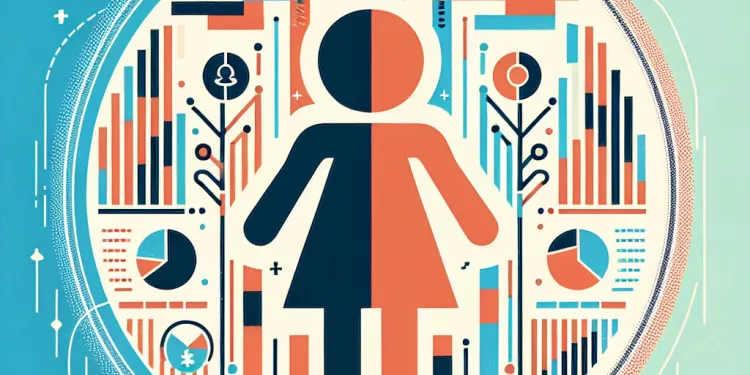
Is autism more common in boys or girls?
Relevance: 60%
-
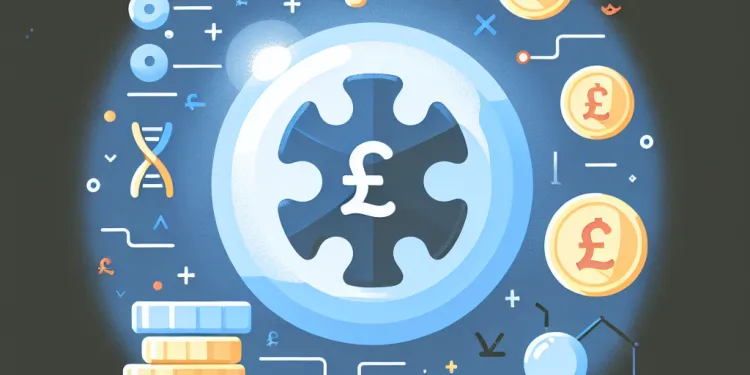
What is Autism?
Relevance: 59%
-

What causes autism?
Relevance: 56%
-

What is the autism spectrum?
Relevance: 54%
-

What are the signs of autism?
Relevance: 53%
-

Is there an autism test?
Relevance: 52%
-

Is there any scientific evidence that links paracetamol use to autism?
Relevance: 52%
-

Is paracetamol linked to autism?
Relevance: 51%
-

Is there a genetic component to autism?
Relevance: 50%
-

Can autism be cured?
Relevance: 50%
-

How is autism diagnosed?
Relevance: 49%
-
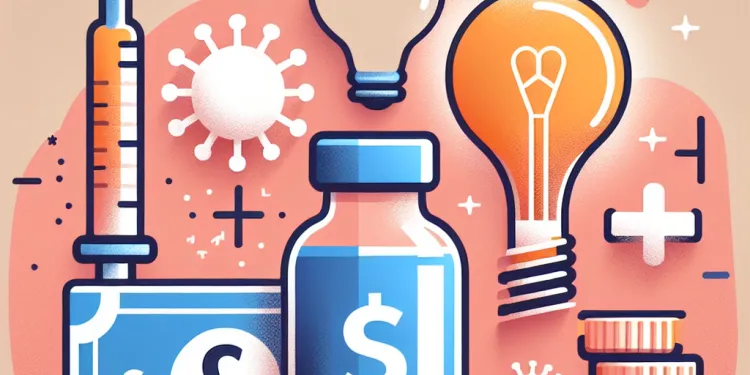
Are vaccines linked to autism?
Relevance: 49%
-
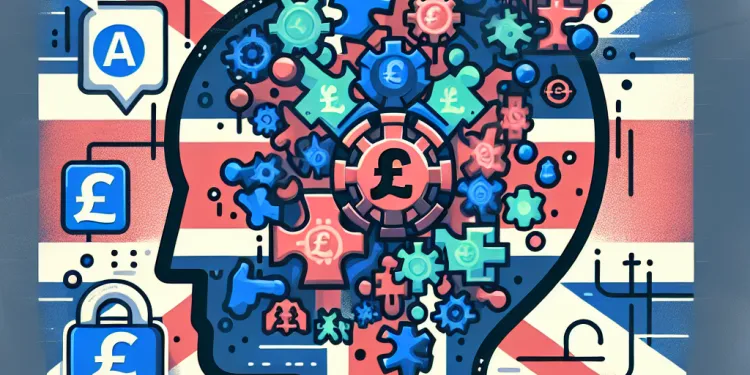
Can adults have autism?
Relevance: 48%
-

Autism: Graeme's story | NHS
Relevance: 48%
-
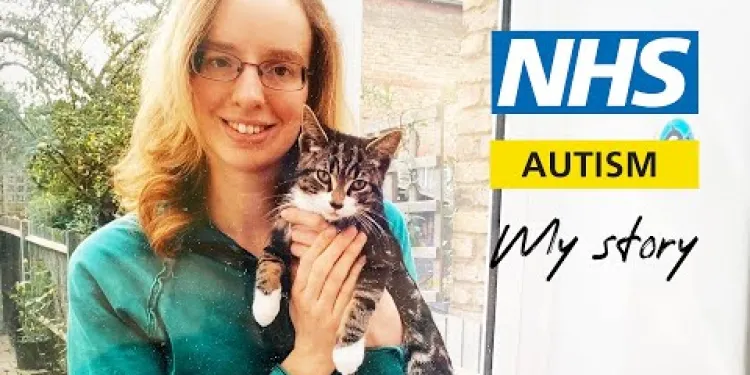
Autism - My Story - Rosalind | NHS
Relevance: 48%
-
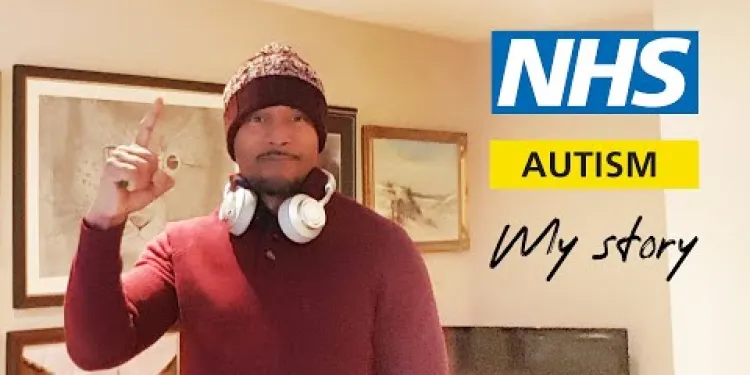
Autism - My Story - Adrian | NHS
Relevance: 47%
-
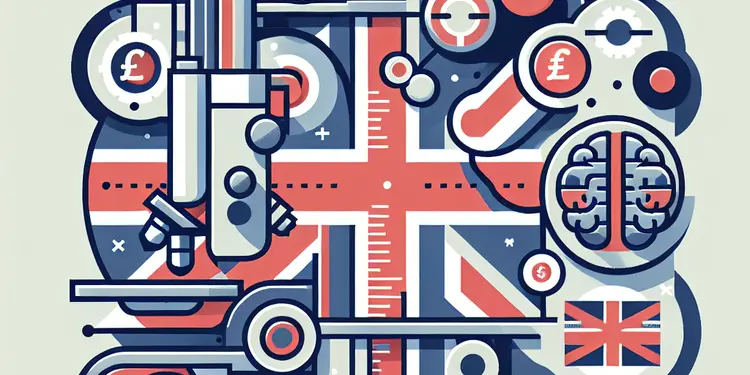
What can cause autism, if not paracetamol?
Relevance: 47%
-
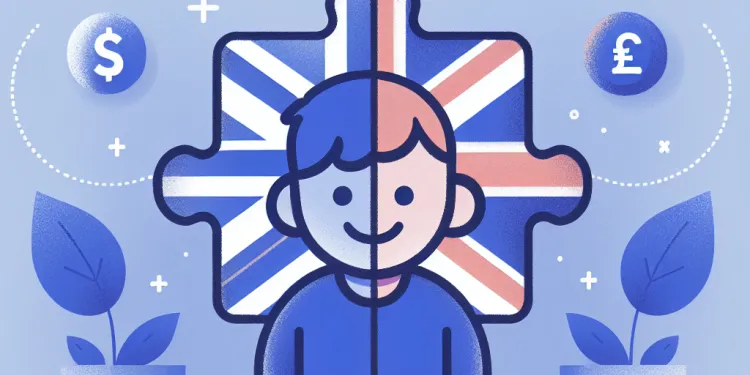
What is the difference between autism and Asperger's syndrome?
Relevance: 46%
-

How does autism affect communication?
Relevance: 46%
-

What are some common therapies for autism?
Relevance: 46%
-
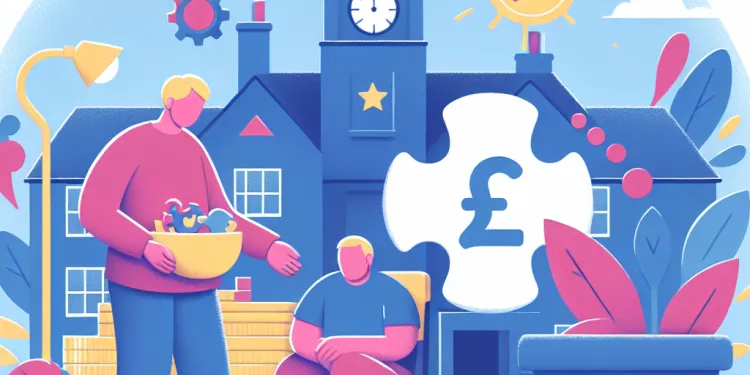
Can people with autism lead independent lives?
Relevance: 45%
-

Autism Assessment - What Happens in Your Appointment
Relevance: 43%
-
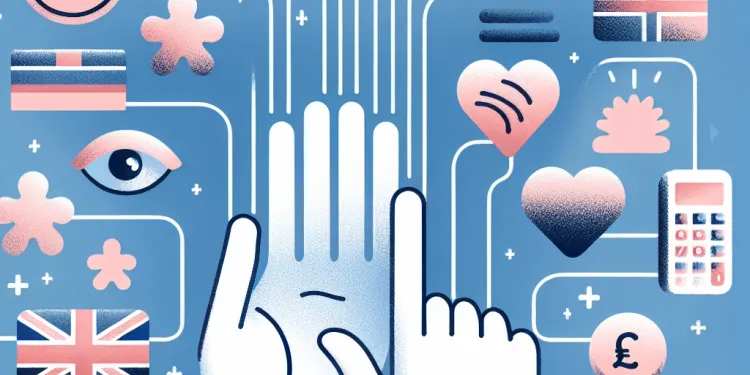
What role do sensory issues play in autism?
Relevance: 43%
-

How can families support a member with autism?
Relevance: 43%
-

What advice is available for parents concerned about autism risks?
Relevance: 42%
-

The NHS Long Term Plan for learning disability and autism
Relevance: 42%
-
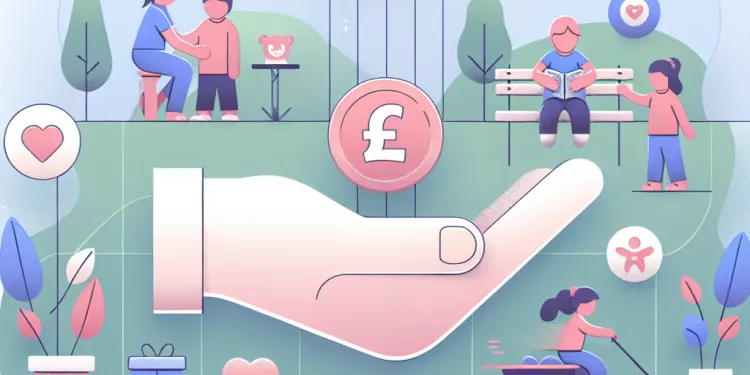
How can early intervention help children with autism?
Relevance: 42%
-

Why is there concern about paracetamol and autism?
Relevance: 42%
-
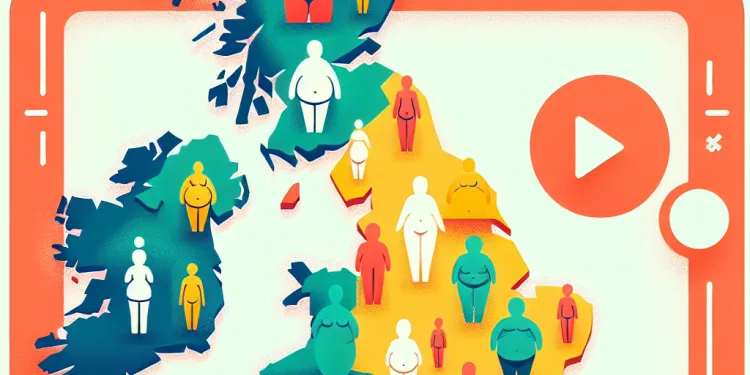
Is obesity more prevalent in certain regions of the UK?
Relevance: 42%
-

Is there any risk of using paracetamol outside of pregnancy with regard to autism?
Relevance: 41%
-

What kind of studies are conducted to investigate links between medications and autism?
Relevance: 41%
-
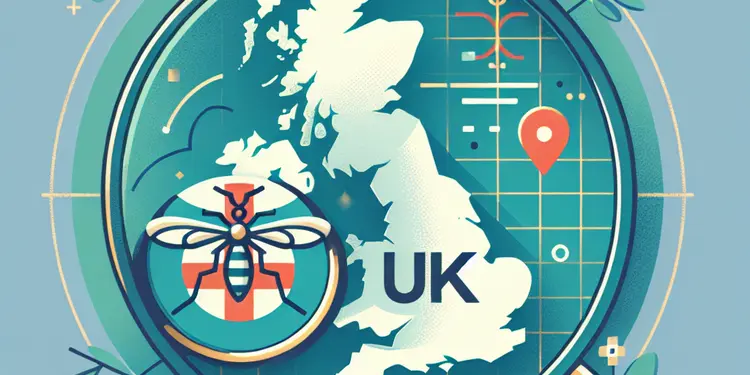
How prevalent is West Nile virus in the UK?
Relevance: 40%
-

Transforming Care for people with Learning Disabilities and/ or Autism: Peter's Story
Relevance: 37%
-

NHS-led Provider Collaboratives: improving mental health, learning disability and autism services
Relevance: 31%
-

How prevalent is the use of paracetamol during pregnancy?
Relevance: 31%
-

What are the limitations of studies examining paracetamol use and autism?
Relevance: 29%
-

We are autistic | NHS
Relevance: 27%
-

How prevalent is honour based abuse?
Relevance: 27%
-

Has paracetamol been linked to other developmental issues besides autism?
Relevance: 25%
Introduction
Autism, or Autism Spectrum Disorder (ASD), is a complex neurodevelopmental condition characterized by challenges with social interaction, communication, and repetitive behaviors. Understanding the prevalence of autism can help in acknowledging its impact on society and assisting in resource allocation for support and research.
Prevalence of Autism in the UK
In the United Kingdom, autism is increasingly recognized as a prevalent condition affecting both children and adults. According to the National Autistic Society, autism affects around 700,000 people, which is more than 1% of the population. The prevalence of autism diagnoses has been rising, which may reflect greater awareness and improved diagnostic practices rather than an actual increase in incidence.
Trends in Diagnosis
The trend in autism diagnosis shows a steady increase over the past few decades. This trend can be attributed to a broader definition of the autism spectrum and enhanced screening processes. The recognition of autism symptoms in early childhood and ongoing training for healthcare professionals contribute to more children being diagnosed at a younger age, which can lead to more timely interventions.
Global Comparison
Comparing the prevalence of autism globally reveals variations likely due to differences in diagnostic criteria, awareness, and health care infrastructure. Countries like the United States report similar prevalence rates, where about 1 in 54 children are diagnosed with ASD. However, in some regions, especially low-income countries, the rates might appear lower due to underdiagnosis or limited access to healthcare services.
Impact on Families and Society
The prevalence of autism influences various aspects of society. Families often require additional support in terms of education and social services. The economic impact can also be significant, both for families and society at large, as resources are allocated for special education, healthcare, and other support services. Raising awareness and promoting inclusivity are crucial in helping individuals with autism thrive in their communities.
The Role of Research and Support Services
As autism prevalence becomes more widely acknowledged, research into the causes and effective interventions continues to grow. In the UK, public health organizations and non-profits like the Autism Research Trust and the National Autistic Society play a key role in supporting research and providing resources for individuals and families affected by autism. The focus on early intervention and tailored support services is vital in improving outcomes for people on the autism spectrum.
Conclusion
Understanding the prevalence of autism in the UK highlights the need for ongoing support, research, and awareness. By improving diagnostic practices and enhancing public understanding, society can better accommodate and support individuals with autism, ensuring they have opportunities to lead fulfilling lives. The commitment to research and support services remains crucial as we address the challenges and opportunities presented by autism in society.
Introduction
Autism is a condition that affects how the brain works. It can make talking to others, playing, and learning new things harder. Many people have autism. Knowing how common autism is helps us understand its impact and how we can help.
How Common is Autism in the UK?
In the United Kingdom, many people have autism. About 700,000 people in the UK are autistic. This means more than 1 out of every 100 people have autism. More people are finding out they have autism because we are better at noticing the signs and understanding what autism is.
Finding Autism Early
More children are being told they have autism earlier in life. This is because doctors know more about what autism looks like and can find it sooner. This helps children get support earlier, which is very helpful for them.
Autism Around the World
Autism is common in many countries, not just the UK. In places like the United States, many children have autism too. But in some countries where healthcare is not as strong, fewer people get diagnosed because it's harder to see a doctor or they don't know as much about autism.
How Autism Affects Families and Society
When someone is autistic, their family may need extra help, like special teaching or support. This can cost more money, but it’s important to help autistic people succeed and feel included in their communities.
The Importance of Research and Support
Learning more about autism is important. In the UK, groups like the Autism Research Trust help find out more about autism and how to support people with it. Early help and support that fits each person’s needs are very important.
Conclusion
Knowing how common autism is helps us see why support, research, and understanding are important. When people know more about autism, they can help make sure autistic people have a good life and fair chances to succeed. It's important to keep learning and helping as we understand autism better.
Frequently Asked Questions
What is the current prevalence rate of autism in the United States?
As of the latest statistics, the prevalence of autism in the United States is approximately 1 in 44 children, according to the CDC.
Has the prevalence of autism increased over the years?
Yes, the prevalence of autism has increased over the years. This increase is attributed to greater awareness, improved diagnostic criteria, and changes in reporting practices.
Why is autism more commonly diagnosed today than in the past?
Autism is more commonly diagnosed today due to better awareness, improved diagnostic tools, and broader definitions of the autism spectrum.
Are boys more likely to be diagnosed with autism than girls?
Yes, autism is about 4 times more common in boys than in girls.
Is autism prevalence consistent across all regions and countries?
No, autism prevalence can vary by region and country due to differences in awareness, diagnostic criteria, and access to healthcare services.
What age is autism typically diagnosed?
Autism can be diagnosed as early as 18 months, but the average age of diagnosis is around 4 years old.
How does socioeconomic status affect autism diagnosis?
Studies show that children from higher socioeconomic backgrounds are more likely to be diagnosed with autism, possibly due to better access to healthcare and diagnostic services.
Is there a genetic component to autism?
Yes, there is a strong genetic component to autism, with studies showing it can run in families.
Can environmental factors influence the prevalence of autism?
Yes, environmental factors along with genetic factors are believed to contribute to the risk of autism, although specific environmental factors are still being studied.
Do vaccines cause autism?
No, extensive research has shown that vaccines do not cause autism.
Are there racial or ethnic differences in autism prevalence?
Yes, there are differences in the prevalence of autism among different racial and ethnic groups, often reflecting disparities in access to diagnosis and services.
What is the prevalence of autism worldwide?
Globally, the prevalence estimates for autism range from 1 in 100 to 1 in 160 children, with variations across different countries.
How is autism spectrum disorder defined?
Autism spectrum disorder (ASD) is a developmental disorder characterized by difficulties with social interaction, communication, and repetitive behaviors.
What is the role of early intervention in autism?
Early intervention can significantly improve outcomes for children with autism by addressing communication, social skills, and learning adaptability.
Is autism equally prevalent across all age groups?
Autism is generally identified in early childhood, but it is a lifelong condition, and prevalence can appear consistent across age groups as individuals grow older.
Can autism be outgrown or cured?
Autism is a lifelong condition that cannot be outgrown or cured, but with appropriate interventions, many individuals with autism can lead fulfilling lives.
What challenges do different prevalence rates pose in understanding autism?
Varying prevalence rates across studies and regions can complicate understanding and providing consistent support and resources for individuals with autism.
How does the prevalence of autism affect the need for services?
Increasing prevalence rates highlight the need for more services and resources for individuals with autism and their families, including education and healthcare support.
What factors could potentially explain the regional differences in autism diagnosis?
Differences in healthcare systems, cultural perceptions of autism, and availability of diagnostic and intervention services can contribute to regional variations in autism diagnosis.
How does increased awareness impact autism prevalence statistics?
Increased awareness can lead to higher reported prevalence rates as more individuals are accurately diagnosed and report their condition.
How many people have autism in the United States right now?
In the United States, about 1 out of every 44 children has autism. This information comes from the CDC, which helps keep track of health information.
Has autism become more common over time?
Autism is a condition that affects how people understand and interact with the world.
People are asking if more people have autism now than before.
If you find reading hard, try asking someone to read with you. You can also use tools like audiobooks or text-to-speech apps that read the words out loud.
Yes, more people have autism today than before. This is because we know more about autism now. Doctors have better ways to find it, and people talk about it more often.
Why do more people find out they have autism today than before?
More people know about autism now.
Doctors are better at spotting autism.
Schools and parents help by noticing signs early.
Kids are checked for autism more often.
Stories and information about autism are shared more.
More help and tools are available - like picture cards and special apps.
Today, more people know about autism. We also have better tools to find autism, and doctors use wider rules to understand it. This means more people find out they have autism now.
Do more boys get told they have autism than girls?
Autism is a condition that changes how people think and feel.
Boys and girls can both have autism.
But more boys are often told they have autism than girls.
If you have questions, talk to a doctor or a teacher.
Parents and teachers can help and support too.
Yes, more boys have autism than girls. For every 1 girl, about 4 boys have autism.
Is autism common in all places around the world?
In some places, more people are known to have autism. In other places, fewer people are known to have it.
Different countries count autism in different ways. This can make numbers different.
Pictures or videos might help explain this better.
Ask a helper or a friend if you have more questions.
No, the number of people with autism can be different in each place. This is because people know more or less about autism in different places. Doctors might also use different tests to find autism. And not everyone can see a doctor easily.
When do doctors usually say someone has autism?
Doctors can tell if a child has autism when they are as young as 18 months old. But, most kids find out they have autism when they are about 4 years old.
How does money and living situation affect finding out if someone has autism?
Research shows that children from families with more money often get told they have autism. This might be because they can see doctors more easily and get checked for autism.
Can you be born with autism?
Yes, autism can be passed down through families because of genes. This means if someone in your family has autism, others might have it too.
Can the world around us affect how common autism is?
What is autism?
Autism makes it hard for people to talk and understand others. It can also change how they play and learn.
What are environmental factors?
Environmental factors are things around us. These can be things like air, food, or where we live.
Can these things change how many people have autism?
Some people think that things like pollution or certain foods might change how many people have autism. But we still need more study to know for sure.
Tools to help understand:
- Ask someone to read with you.
- Use pictures or videos to learn more.
Yes, the environment and genes can both affect if someone has autism. Scientists are still learning which things in the environment are important.
Do vaccines cause autism?
No, vaccines do not cause autism. Scientists have done lots of studies and tests to make sure.
Vaccines help keep us safe from diseases. Getting vaccines is important for staying healthy.
If you have questions about vaccines, ask a doctor. They can give you good advice.
Talking with someone you trust can also help you understand better. You can use pictures and videos to learn more, too.
No, lots of studies show that vaccines do not cause autism.
Do people of different races or ethnic groups have different rates of autism?
Autism is a condition that affects how people understand and react to the world around them.
Scientists study whether autism happens more or less often in certain groups of people. These groups can be based on race or ethnic background.
If you want to learn more about this topic, you can:
- Ask a teacher or a friend for help understanding this information.
- Look for books or videos made for kids that explain autism.
- Visit a library and ask a librarian to help you find easy books about autism and people of different backgrounds.
Yes, autism is more common in some groups of people. This can happen because not everyone gets the same help or has the same chance to find out if they have autism.
How many people have autism in the world?
In the world, some children have autism. This is about 1 out of every 100 to 160 children. The number can be different in each country.
What is autism spectrum disorder?
Autism spectrum disorder (ASD) is a condition that affects how a person thinks, learns, and talks with others.
- People with ASD might have trouble talking or understanding what others say.
- They might like to do the same thing over and over.
- Sometimes they might be interested in only a few things.
Everyone with ASD is different. Some people might need more help, and others might need less help.
If you want to learn more or need help, you can:
- Use picture cards to understand and talk.
- Ask someone to explain things slowly.
- Use apps or tablets that help with communication.
Autism is something that affects how people grow and learn. It can make talking and playing with others hard. People with autism might do the same thing over and over again.
How does helping early support children with autism?
Helping children with autism early can make a big difference. It's good to start when they are young.
Here are some ways it helps:
- Children can learn new skills better.
- They can communicate with others more easily.
- They feel more comfortable in different places.
Tools and tips to help:
- Use picture cards to explain things.
- Practice simple games to teach skills.
- Have a routine each day.
Remember, starting early is really important!
Getting help early can really help children with autism. It can make talking, making friends, and learning easier for them.
Do all age groups have the same number of people with autism?
Autism is a condition that affects how people think and feel.
It is important to know if autism affects kids, adults, and older people the same way.
Some things that help people understand more about autism are:
- Pictures and drawings
- Simple charts
- Easy-to-read books
- Talking with someone who knows about autism
Autism is usually noticed when kids are young, but it lasts for the whole life. People with autism can be found in all age groups as they get older.
Can someone stop having autism?
Autism is something you have for your whole life. It doesn't go away. But people with autism can learn new skills and ways to do things.
Some helpful tools or ways to support people with autism are:
- Special classes to learn skills
- Therapy to help with talking and feelings
- Using things like pictures or apps to help understand
- Support from family and friends
These can help people with autism live happier and more comfortable lives.
Autism is something you have for your whole life. It doesn't go away, and there is no cure. But with the right help, people with autism can have happy and good lives.
What Makes It Hard to Understand Autism?
People find it hard to understand autism because not everyone with autism is the same. Some people might have autism but don't show it in the same way.
Here are some things that make understanding autism tricky:
- Everyone with autism is different. They may need different types of help.
- Some people with autism might need a lot of help, while others may need less.
- It's hard to know how many people have autism, which makes it hard to understand it better.
To make it easier to learn about autism, you can:
- Use pictures to help explain ideas.
- Watch videos about people with autism.
- Talk to someone who knows a lot about autism.
Different studies and places show different numbers for how many people have autism. This can make it hard to know how best to help people with autism.
It helps to use tools like picture cards or apps with simple instructions to support people with autism. Finding a local group or getting advice from people who know about autism can be good too.
How many people have autism and why do they need help?
Some people have autism. Autism is when your brain works in a special way. People with autism may need extra help at school, work, or at home.
If lots of people have autism, they need more help. This means we need more teachers, doctors, and helpers who know how to support people with autism.
To help, we can use pictures, simple words, and repeat things many times. Helpers can also use special tools like communication boards or apps to make things easier.
More people are being found to have autism. This means we need more help for them and their families. They need more teachers and doctors to help them.
Why do some places have more people with autism than others?
Here are some things that might help make it easier to understand:
- Look at maps that show how many people have autism in different places.
- Talk to a teacher or a helper about why this happens.
- Use pictures or drawings to help explain.
- Use apps or websites that make reading easier.
Different places have different ways of taking care of people. They also think about autism in different ways. This means that in some places, it is easier to find out if someone has autism than in others.
How does knowing more affect how many people we say have autism?
When we learn more about autism, we can find more people who have it. This might make the number of people with autism seem bigger.
If we know what to look for, we can help people sooner. This is good because it means people get help early.
Watching videos or using picture books can also help us understand autism better.
When people know more about a condition, more people get checked and find out they have it. So, the number of people we know have it goes up.
Useful Links
- Ergsy carfully checks the information in the videos we provide here.
- Videos shown by Youtube after a video has completed, have NOT been reviewed by ERGSY.
- To view, click the arrow in centre of video.
- Most of the videos you find here will have subtitles and/or closed captions available.
- You may need to turn these on, and choose your preferred language.
- Go to the video you'd like to watch.
- If closed captions (CC) are available, settings will be visible on the bottom right of the video player.
- To turn on Captions, click settings .
- To turn off Captions, click settings again.
More Items From Ergsy search
-

How prevalent is autism?
Relevance: 100%
-

Is autism more common in boys or girls?
Relevance: 60%
-

What is Autism?
Relevance: 59%
-

What causes autism?
Relevance: 56%
-

What is the autism spectrum?
Relevance: 54%
-

What are the signs of autism?
Relevance: 53%
-

Is there an autism test?
Relevance: 52%
-

Is there any scientific evidence that links paracetamol use to autism?
Relevance: 52%
-

Is paracetamol linked to autism?
Relevance: 51%
-

Is there a genetic component to autism?
Relevance: 50%
-

Can autism be cured?
Relevance: 50%
-

How is autism diagnosed?
Relevance: 49%
-

Are vaccines linked to autism?
Relevance: 49%
-

Can adults have autism?
Relevance: 48%
-

Autism: Graeme's story | NHS
Relevance: 48%
-

Autism - My Story - Rosalind | NHS
Relevance: 48%
-

Autism - My Story - Adrian | NHS
Relevance: 47%
-

What can cause autism, if not paracetamol?
Relevance: 47%
-

What is the difference between autism and Asperger's syndrome?
Relevance: 46%
-

How does autism affect communication?
Relevance: 46%
-

What are some common therapies for autism?
Relevance: 46%
-

Can people with autism lead independent lives?
Relevance: 45%
-

Autism Assessment - What Happens in Your Appointment
Relevance: 43%
-

What role do sensory issues play in autism?
Relevance: 43%
-

How can families support a member with autism?
Relevance: 43%
-

What advice is available for parents concerned about autism risks?
Relevance: 42%
-

The NHS Long Term Plan for learning disability and autism
Relevance: 42%
-

How can early intervention help children with autism?
Relevance: 42%
-

Why is there concern about paracetamol and autism?
Relevance: 42%
-

Is obesity more prevalent in certain regions of the UK?
Relevance: 42%
-

Is there any risk of using paracetamol outside of pregnancy with regard to autism?
Relevance: 41%
-

What kind of studies are conducted to investigate links between medications and autism?
Relevance: 41%
-

How prevalent is West Nile virus in the UK?
Relevance: 40%
-

Transforming Care for people with Learning Disabilities and/ or Autism: Peter's Story
Relevance: 37%
-

NHS-led Provider Collaboratives: improving mental health, learning disability and autism services
Relevance: 31%
-

How prevalent is the use of paracetamol during pregnancy?
Relevance: 31%
-

What are the limitations of studies examining paracetamol use and autism?
Relevance: 29%
-

We are autistic | NHS
Relevance: 27%
-

How prevalent is honour based abuse?
Relevance: 27%
-

Has paracetamol been linked to other developmental issues besides autism?
Relevance: 25%


